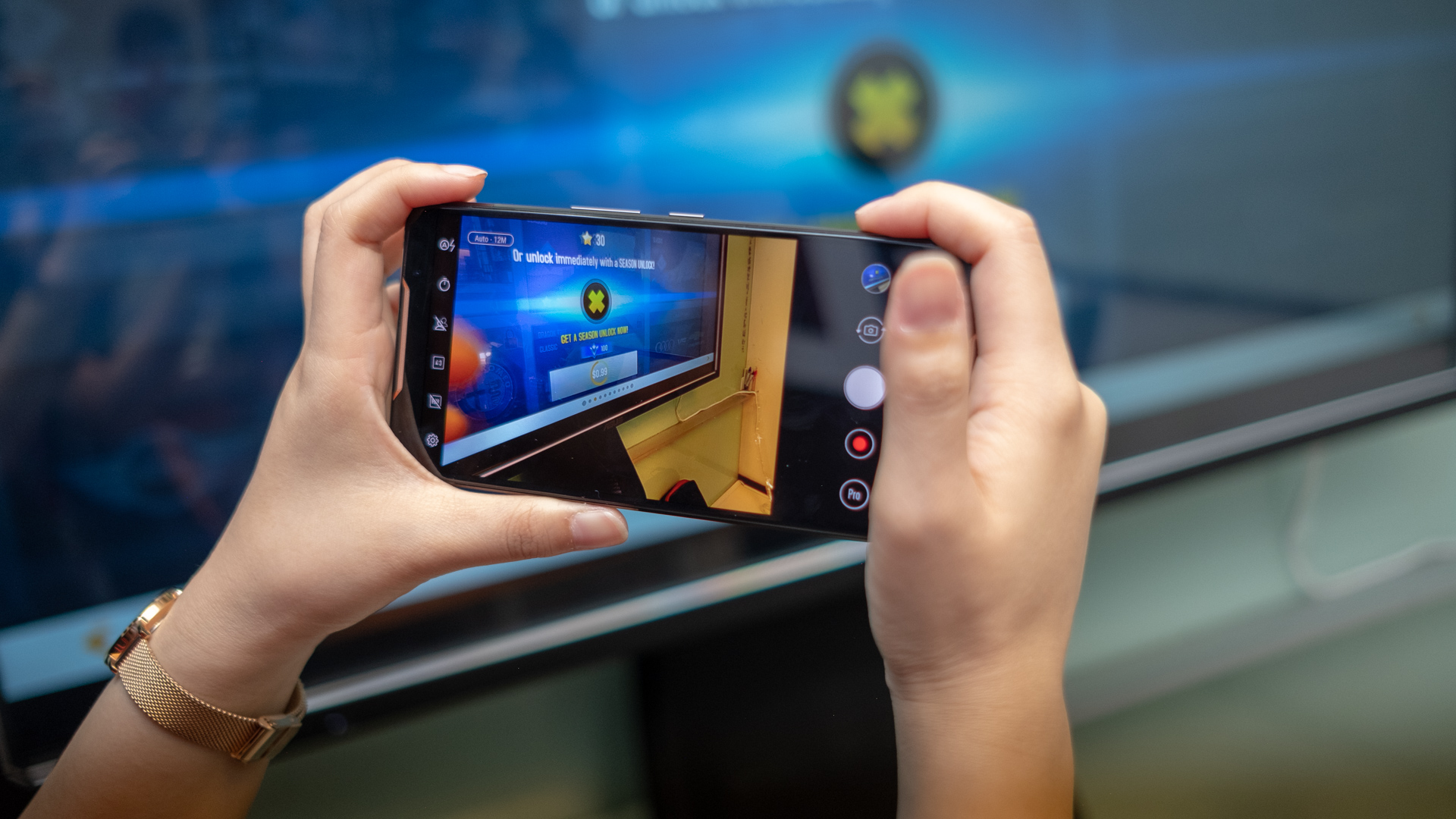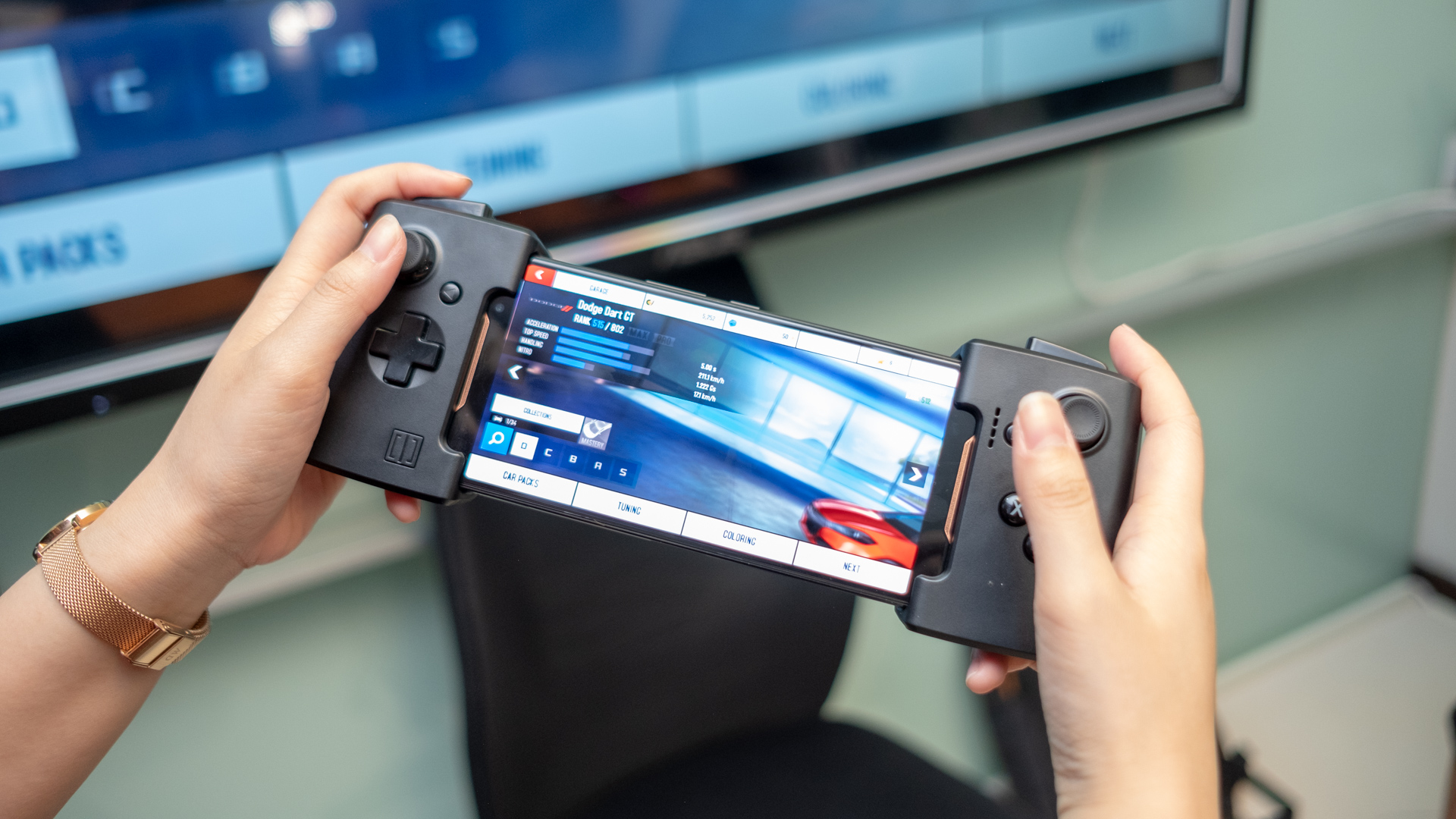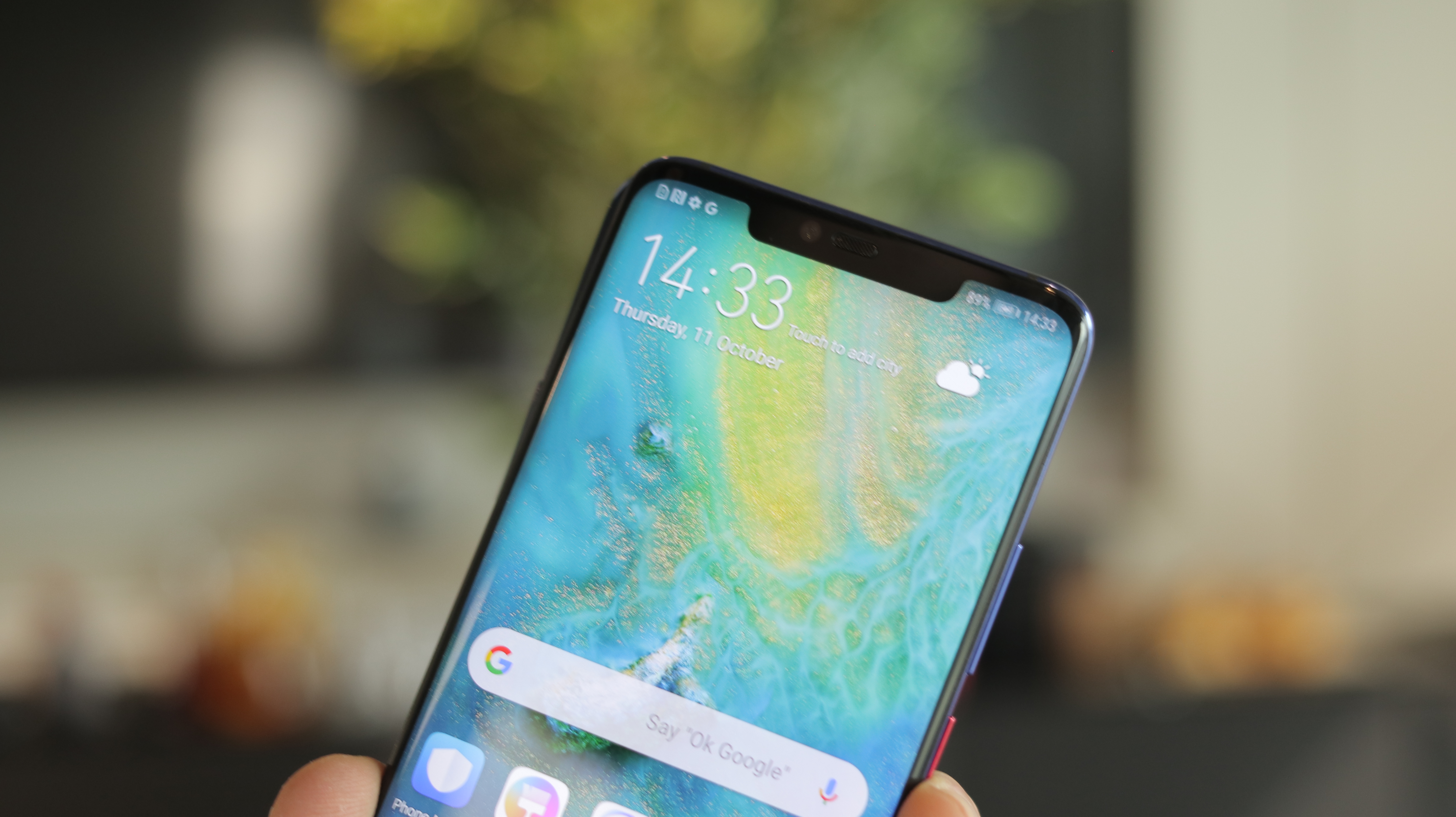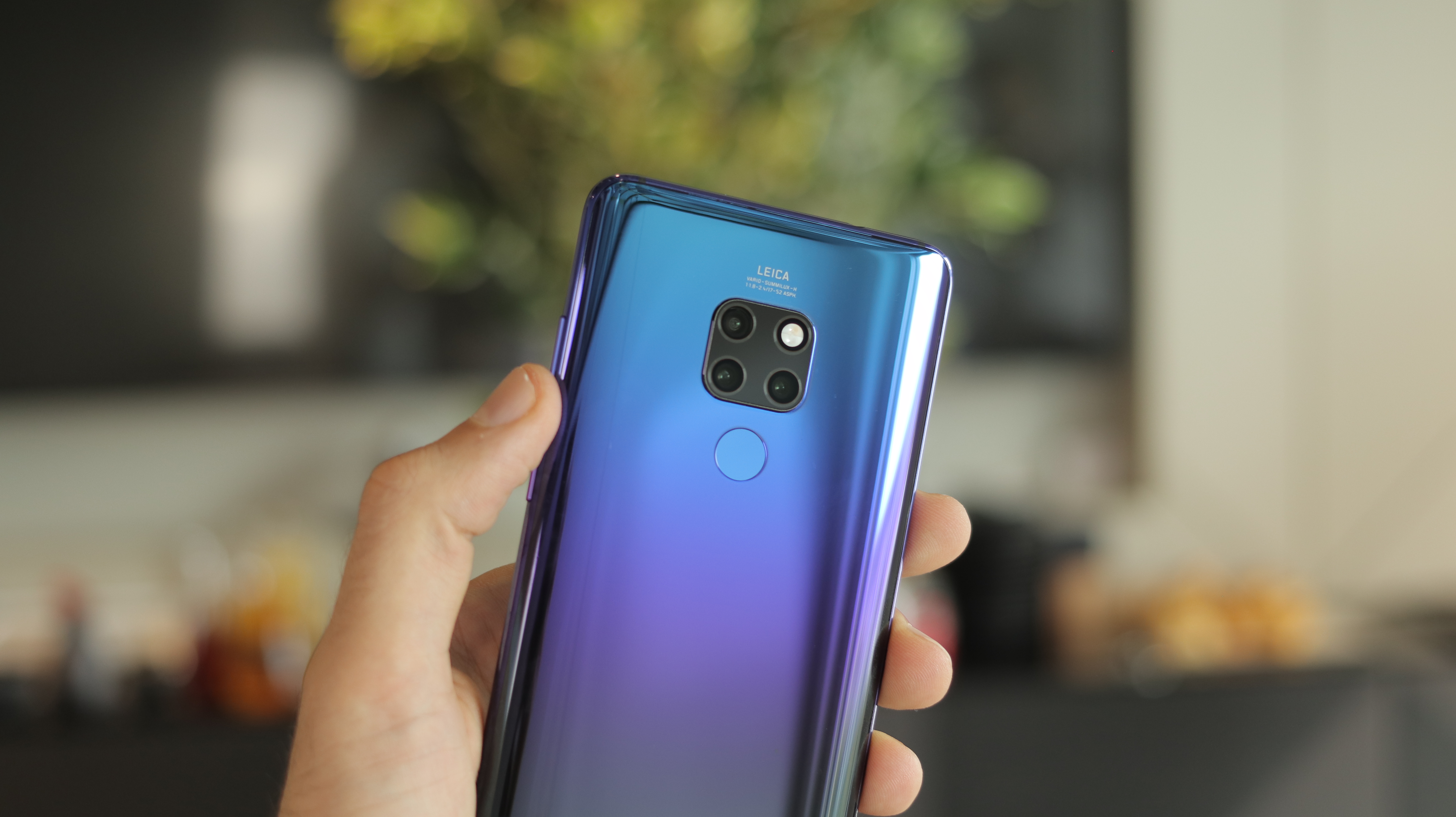Kip Hakes is one of the UK's leading 'daddy bloggers. He enlisted the help of his six-year-old son James to try out Google's Family Link app with Nokia smartphones. You can follow Kip at his website, and on Twitter and Instagram.
I was an adult when I got my first phone, my daughter was around 10 when she got hers – and my son has been using one of his mum’s old phones since he was five. It’s not something he takes to school or leaves the house with – it’s merely a device on which he can play games, watch YouTube Kids, and send me and the rest of his family messages, endless emojis and GIFs on WhatsApp.
Handing over a smartphone to a child is a big step, and until recently it’s been hard to manage what your child can see and do on their phone. Manufacturers have created handsets specifically designed for kids, but they often come with their own ecosystems of apps, and fairly limited functionality and parental controls.
Nokia asked me to take a look at Google’s ‘Family Link’ app, which enables parents to manage the apps on their children’s device. They kindly sent me a Nokia 7.1, and my six-year-old son James a Nokia 3.1, to give the Family Link software a try.
The Family Link software comes in two flavors – there’s an app for the parents and an app for the children. They require both the adults and children to have Google Accounts (you can’t use Google Apps accounts like the ones your kids get at their school). The parent installs the app on their phone and becomes the ‘Family Manager’. You then install the child’s app on their phone, and create a ‘Family’. You can add additional ‘parents’ to the account, and more children too. The whole set-up process takes less than five minutes.
Once the Family is set up, there are myriad options at your disposal. You can choose which Apps the children have access to, and disable those they shouldn’t be using. You can set content filters for internet browsing and Google Play Store.
A feature I really like is that you can set screen time, so you don’t have to keep an eye on how much time your child is spending on their phone and take it away from them, as it’s limited automatically. You can also set ‘bed times’, so the phone is shut down when James is meant to be asleep. He would wake up early and play games occasionally, but that has stopped now – the phone knows that after 6pm and before 6.30am he shouldn’t be using it, and it won’t let him.
Talking about not using the phone, you can also ‘Lock’ the handset – so if there’s a time when you’d rather the children weren’t glued to their phones you can stop access immediately.
The Family Link app also shows what apps your children have been using, and how long for. If you’re worried that they’re spending too long glued to Minecraft, or Hay Day, you can disable the app with a swipe. You can also lock down the installation of new apps, or purchases via the Google Play Store – so there won’t be any surprises on your bank statement because your little angels have blown £300 on costumes and power-ups in their favorite games.
If your child is older and you want to keep an eye on their location, the Family Link app will show you the location of the handset, and if you press the navigation icon Google Maps will navigate you to their location. There’s also a ‘Play Sound’ function that will ring the handset (even if it’s on silent), which is helpful when a phone has fallen down the side of the sofa, or under the bed!
The Family Link software acts as a system administrator on the phone, in a similar way to how a ‘work phone’ might be tied to an organization. While the Family Link software is discreet, it does show a persistent notification on the handset to say that the device is being monitored by Family Link.
The beauty of having Family Link on the Nokia 7.1 and Nokia 3.1 is that they are Android One handsets. This, in layman's terms, mean they get the latest security patches and Android updates first. Android One has only been adopted by a handful of phone manufacturers (including Nokia), so it’s good to know that the phone’s operating system is always up to date and secure. You can’t guarantee this with older phones from other manufacturers – the old phone James was using hadn’t had a security update for years!
Family Link isn’t spy software – it doesn’t show you what’s on the screen of the kid’s phone, or send you copies of every message your child sends or receives. And it’s not a replacement for good parenting and keeping a close eye on your children; Family Link is a tool to ensure the phone isn’t used excessively, and that unsuitable apps and content are not available.
The granular controls enable you to set limits per child – so you’ll probably give your teenager more access than your six-year-old. Either way, Family Link is helping you to ensure that your children are shielded from the darker aspects of the internet. Plus, the screen time and bedtime functions enable you to make sure they aren’t as addicted to their phones as we all are!
- Brought to you in association with Nokia and Android One, helping you to make more of your smartphone. You can learn more about the new Nokia 7.1 here, and you'll find more great advice on getting the most from your phone here.










